Last Chance to Catch NYC's Holiday Notalgia Train
We met the voices of the NYC subway on our nostalgia ride this weekend!


If modernism is often defined by means of mass-production, then the archetype of modern architecture is the factory. Not usually thought of as high-rises, factories historically were often the tallest buildings in the town. From flour mills to automobile plants, factories were built around either an integrated or layered productive system to allow for greater efficiency and conservation of space. Like skyscrapers, they centralized production in cities and exploited markets for both labor and consumption.

The Skyscraper Museum in downtown Manhattan (39 Battery Place) is currently exhibiting Vertical Urban Factory. This show by guest-curator Nina Rappaport displays the beginnings of factories leading up to present day designs. Archived images and videos are on exhibit along with models constructed by architecture students at Parsons.
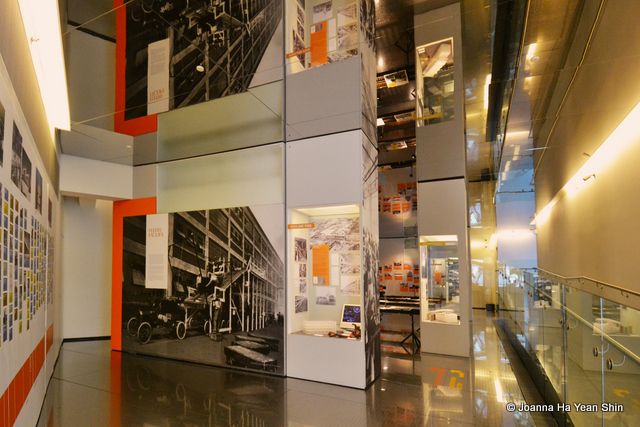
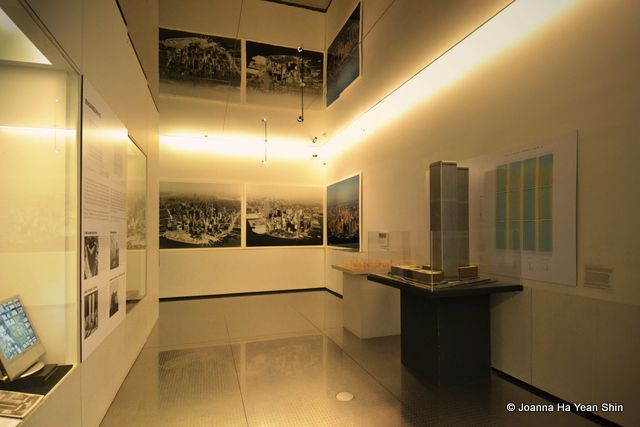

The exhibition examines in detail the industrial landscape of New York City as a powerhouse of production. Today, much manufacturing is shipped overseas to countries such as China and India. Through the decline of factory towns and urban factories, many historic buildings have been demolished all over the world. However, factories in New York have been preserved due to the flexible nature of the buildings within its context; therefore, the façade of the structure was preserved with modifications only to the program within the space.
The Nabisco factory in Meatpacking district, Studebaker building in Harlem, and Domino Sugar Facility in Williamsburg are just some of the remarkable buildings that still stand. The landmarked Domino Sugar complex is currently being redeveloped into a residential complex. The 11.2 acres of land has potential to accommodate over 2000 units of housing and more than four acres of public space.
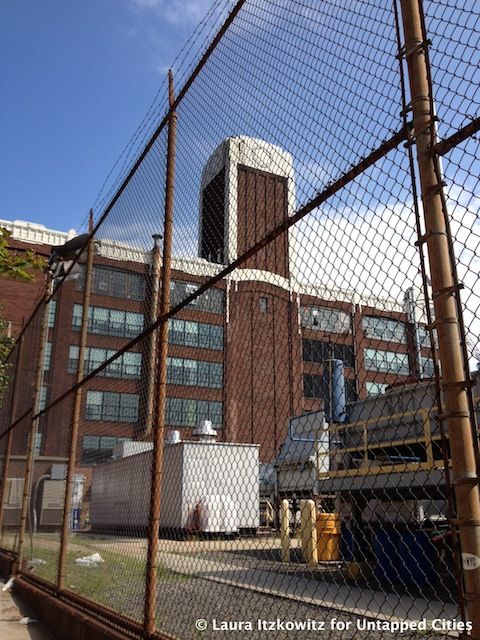
Studebaker Factory, Harlem
If you’re interested in learning more about the Domino initiative, please RSVP and attend the event Domino: Old & New reinventing the industrial waterfront on June 20th. The event is hosted by The Skyscraper Museum, but held at the Museum of Jewish Heritage (36 Battery Place) at 6PM. The forum will include the curator of The Skyscraper Museum, Carol Willis, the editor of The Architect’s Newspaper, Community preservation Corporation, architecture firms such as Beyer Blinder Belle, and more.
More information on how to RSVP for the event can be found here.
Mention “Untapped Cities” to get free admission to the event!

Urban factories are still very much alive in evolved forms. It is not just a thing of the past; the engineering design and structural feats in the making of factories have allowed for technological advancements in modern day skyscrapers and also have contributed to much of the way we perceive idea production in online open source communities. New York City’s appreciation for architecture and the need for vertical density have preserved earlier versions of urban factories in a special way. The Skyscraper Museum’s effort on showcasing this important archetype of modernity is commendable and definitely worth a visit.

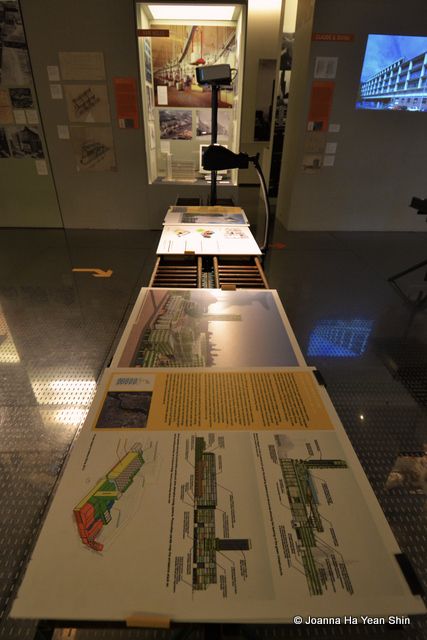
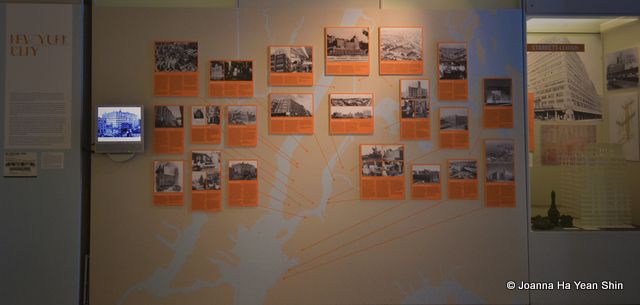
On a closing note, I do believe that it is important to consider the lasting ramifications of mass-production in today’s culture. There is a constant need for more and an increasing focus on commodity fetishism. But, through this obsession with scarcity, shouldn’t there also be an effort to remember the consequences of overproduction and over-accumulation? As a result of unplanned production overload, there are more than 19 million housing units are vacant in the United States, 345,000 in Ireland, 340,000 in Dubai, 1.5 million in Spain and 64 million in China. Thousands of tons of food and reusable waste are accumulating right outside of our doorsteps. I truly hope that the newly proposed development on Domino Sugar Factory’s site will address some of these concerns.
Subscribe to our newsletter